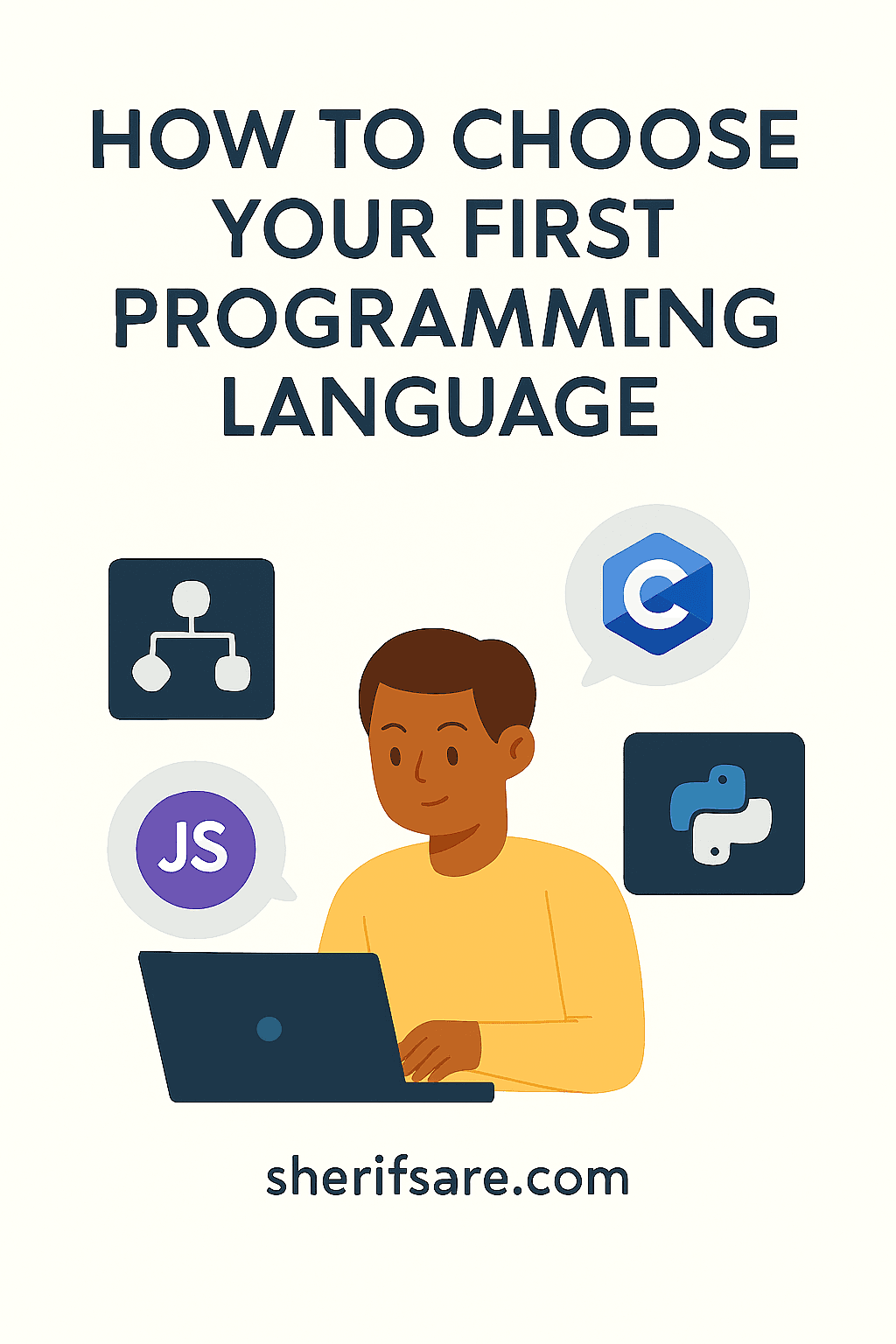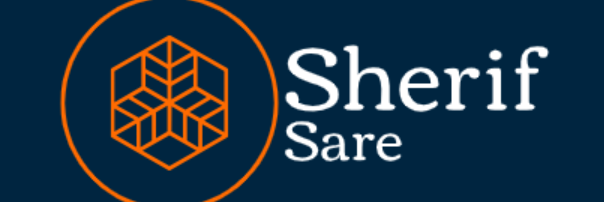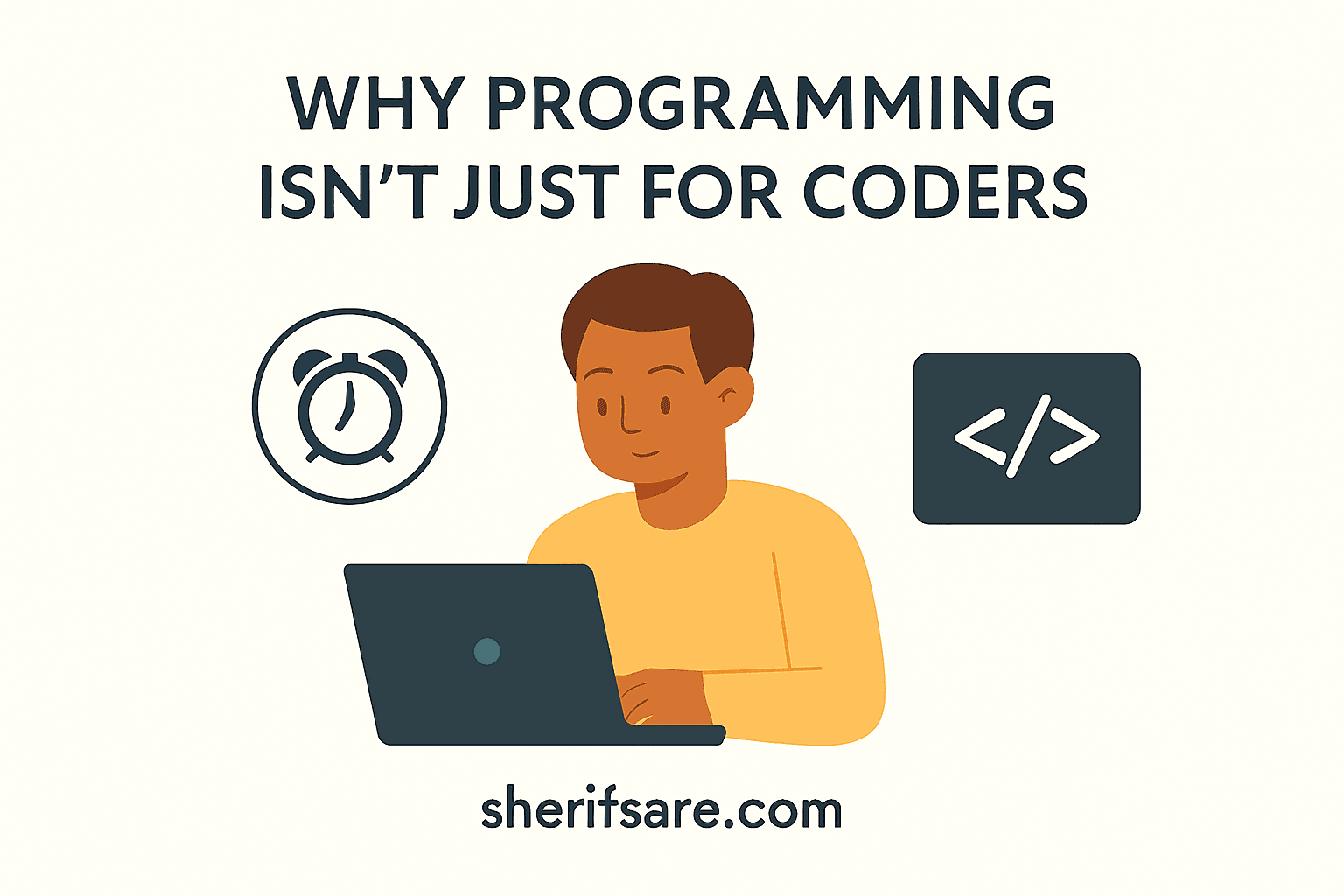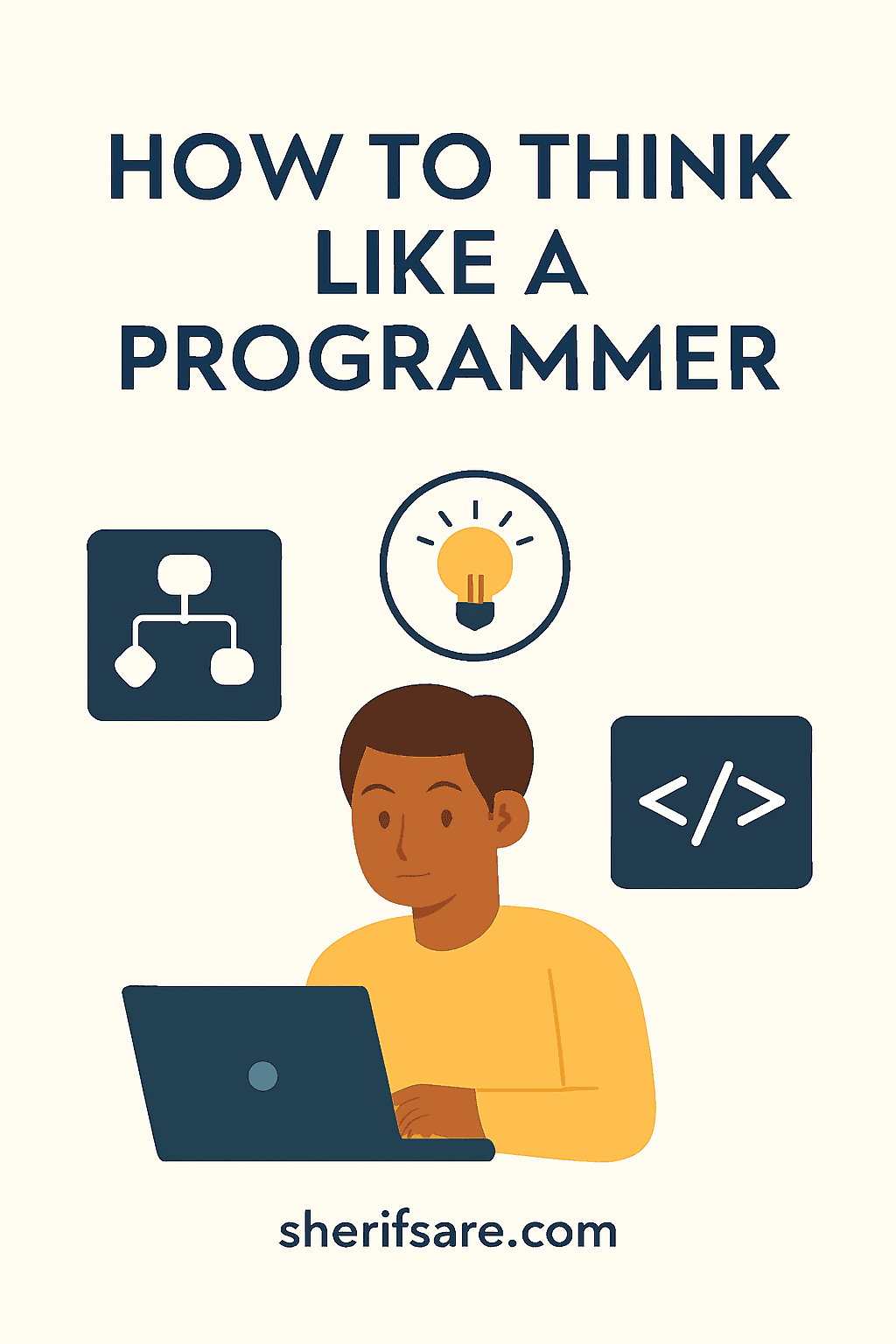There’s no one-size-fits-all answer. Choosing your first programming language isn’t about picking the “best” one, it’s about picking the one that fits your goals, interests, and learning style.
Start With Your Goal
Here’s a simple guide based on what you want to build:
| Your Goal | Recommended Language | Why It Works |
|---|---|---|
| Automate tasks, analyze data | Python | Simple syntax, huge community |
| Build websites | JavaScript + HTML/CSS | Runs in browsers, interactive power |
| Make mobile apps | Dart (Flutter) | Cross-platform, beginner-friendly |
| Create games | C# (Unity) | Popular in game development |
| Work with hardware/IoT | C/C++ | Fast, low-level control |
What Makes a Language Beginner-Friendly?
- Readable syntax: Easy to understand and write
- Strong community: Lots of tutorials and support
- Versatile use cases: Can be applied in many areas
- Forgiving errors: Doesn’t punish you for small mistakes
Python checks all these boxes, which is why it’s often recommended, but it’s not the only option.

What’s Next?
In the next post, we’ll write your first line of code together. No setup, no stress, just a taste of how it feels to speak to a computer.



Pingback: Think Like a Programmer Even If You’ve Never Written A Code